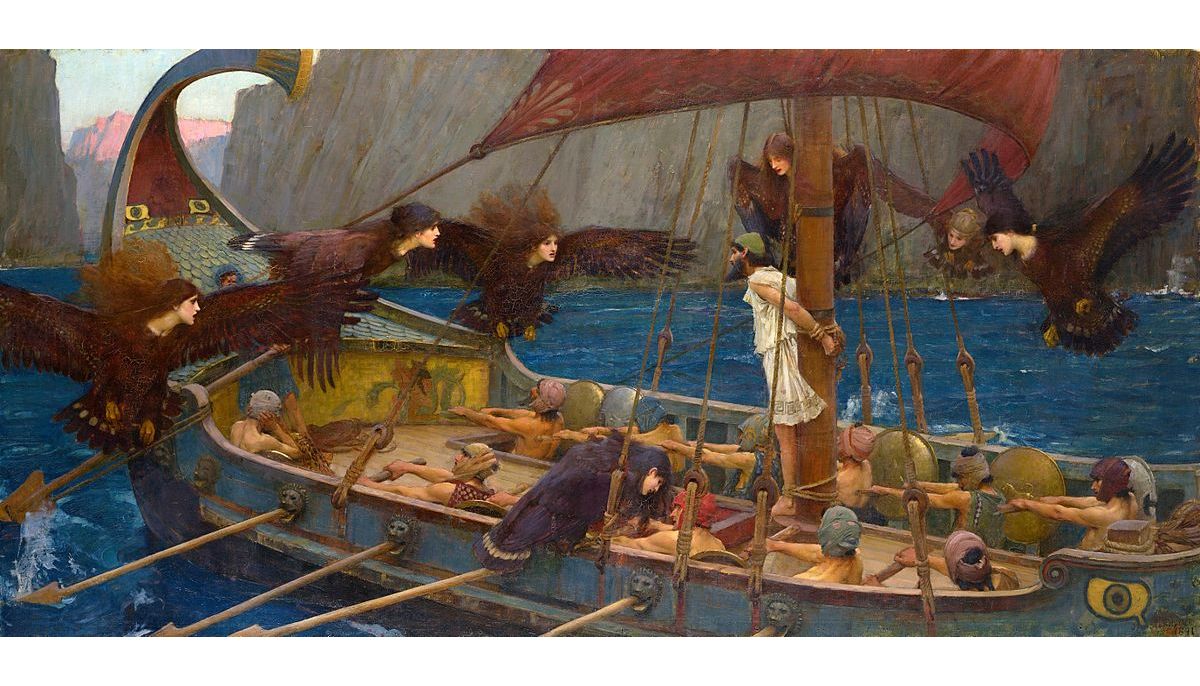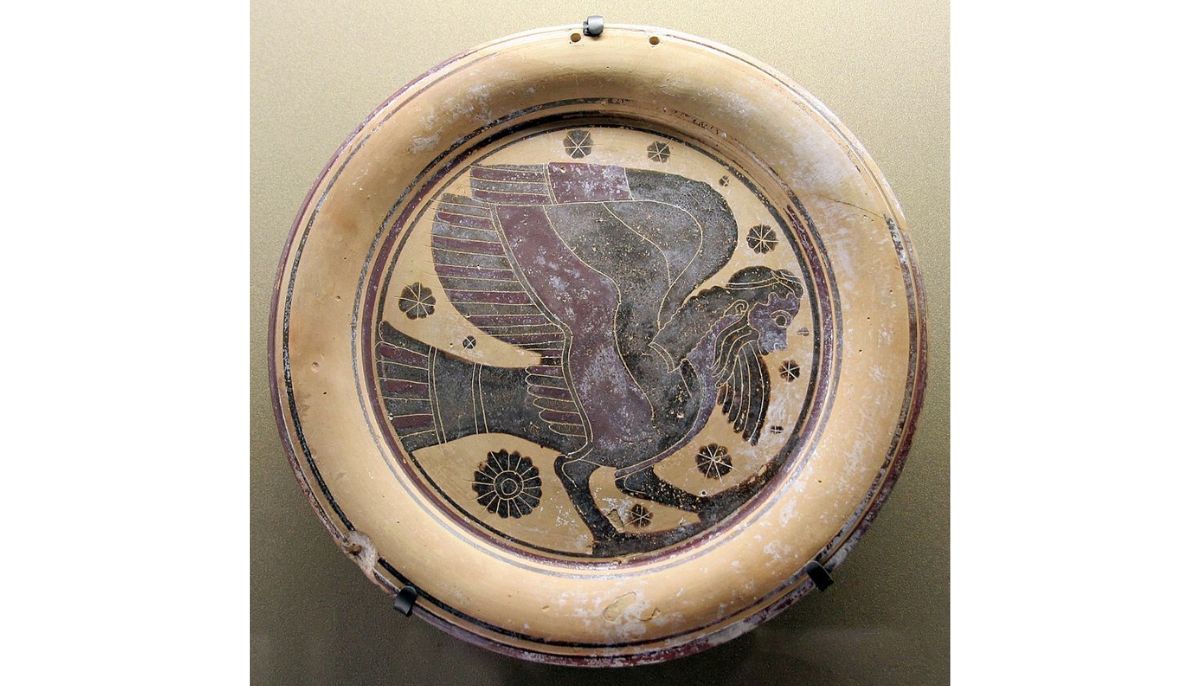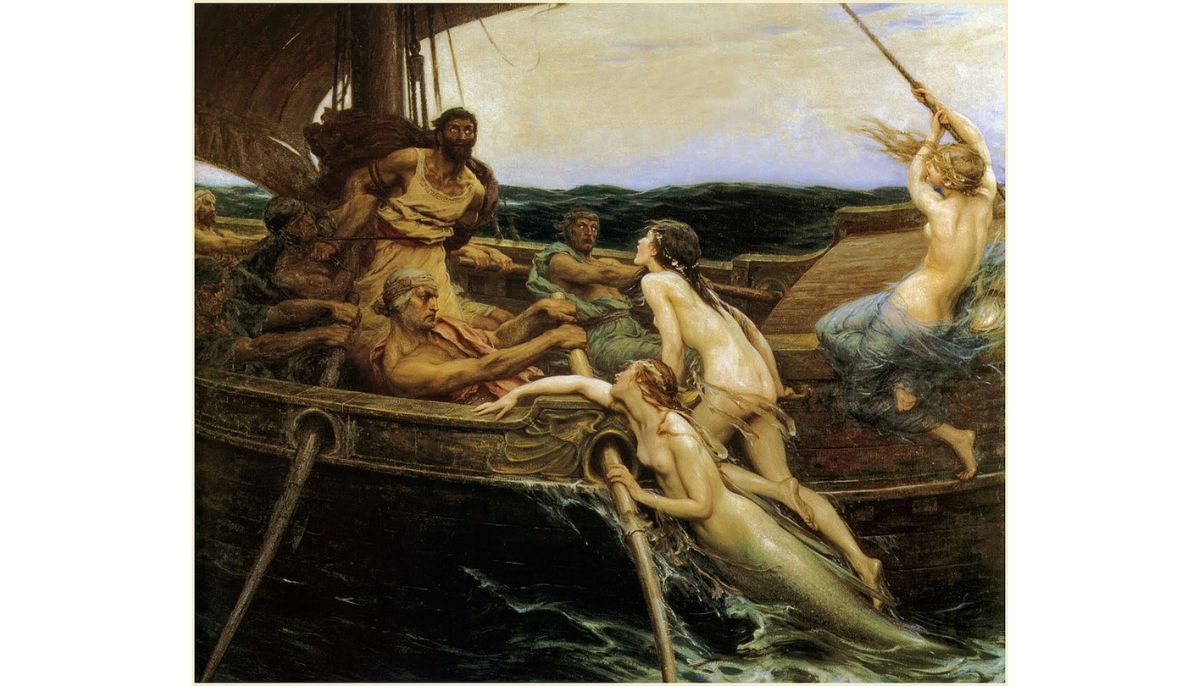Greek mythology is a tapestry woven with captivating tales of gods, goddesses, and mystical creatures that have fascinated generations. Among these mythical beings, the sirens stand as enigmatic figures, known for their enchanting songs that lured sailors to their doom.
However, while the siren’s call is often associated with the feminine, there exists a lesser-known counterpart: the male Siren. In this exploration, we delve into the intriguing lore surrounding these elusive male sirens, shedding light on how they were depicted in ancient Greek myth and how their portrayal has evolved over time.
How are Sirens described in Greek Mythology?

In Greek Mythology, sirens emerge from the depths of lore as beguiling figures, possessing a duality that transcends conventional gender boundaries. Unlike the modern portrayal of mermaids, these ancient sirens were envisioned as half-bird, half-human creatures, captivating seafarers with their ethereal beauty and mesmerizing voices.
Male Sirens in Greek Mythology

In their original narratives, male sirens held equal prominence alongside their female counterparts. These male sirens, often depicted with bearded countenances, wielded a unique allure, drawing sailors not with the promise of seduction, but with the tantalizing prospect of wisdom.
In their essence, the sirens served a pivotal role in the grand scheme of Greek mythology. They were the guides, escorting departed souls to the realm of the underworld, evoking a parallel with similar narratives found in Egyptian mythology. This dual nature, embodying both the allure of temptation and the solemn duty of guiding souls, adds layers of complexity to the enigma of the sirens.
Why did male Sirens disappear from Greek Mythology?
By the fifth century BCE, a notable shift occurred in the portrayal of sirens within Greek mythology, marking the gradual disappearance of their male counterparts from the narrative tapestry. During this period, sirens underwent a transformation, evolving from their original avian-human hybrid form into the iconic, attractive female figures we recognize today.
The Sirens Depicted in Homer’s Odyssey

One pivotal influence in this transformation was the enduring popularity of Homer’s epic poem, the Odyssey. In this revered work, the sirens are vividly depicted as alluring and seductive female creatures. Homer’s vivid narrative prowess endowed the sirens with an enduring allure, forever cementing their image in the collective imagination.
In the Odyssey, the sirens are described as enchanting maidens with beguiling voices, perched upon treacherous rocks that dot the sea. Their captivating melodies, woven with promises of hidden knowledge and boundless pleasure, enticed sailors to their doom. This portrayal solidified the archetype of sirens as irresistible temptresses, forever intertwined with the perils of maritime exploration.
As the influence of Homer’s Odyssey spread far and wide, the imagery of the female sirens became deeply ingrained in cultural consciousness. With each retelling and adaptation, the sirens’ allure and feminine attributes took a firmer hold, eclipsing the earlier depictions that included their male counterparts.
Are Tritons Sirens?
Male sirens and tritons, though both associated with the maritime realm in Greek mythology, are distinct entities, each possessing their own unique characteristics and roles. It’s crucial to differentiate between the two, as tritons are often erroneously equated with sirens or mermaids.
What is a Triton in Greek Mythology?
Tritons are mythical beings known as mermen, possessing the upper body of a human and the lower body of a fish. Unlike the enchanting and alluring sirens, tritons are not typically associated with seduction or luring sailors. Instead, they are considered powerful sea deities, often depicted as attendants to the god of the sea, Poseidon.
In artistic representations, tritons are portrayed with well-muscled human torsos, adorned with various marine attributes such as seaweed, shells, and sometimes even a conch shell trumpet. Their lower halves consist of a scaly, fish-like tail, allowing them to navigate the depths of the ocean with grace and agility. This distinctive combination of human and piscine features defines the visual representation of tritons.
It’s crucial to emphasize that tritons should not be confused with sirens, who, as previously discussed, are typically portrayed as alluring female figures with avian or fish-like qualities. The distinction between the two underscores the rich diversity of creatures that populate Greek mythology’s maritime landscapes, each with their own unique attributes and roles within the pantheon of sea deities.
if you were to encounter a siren’s song or glimpse a triton beneath the waves, what would their stories mean to you? How might these ancient tales continue to resonate in our modern understanding of the boundless mysteries of the sea?






